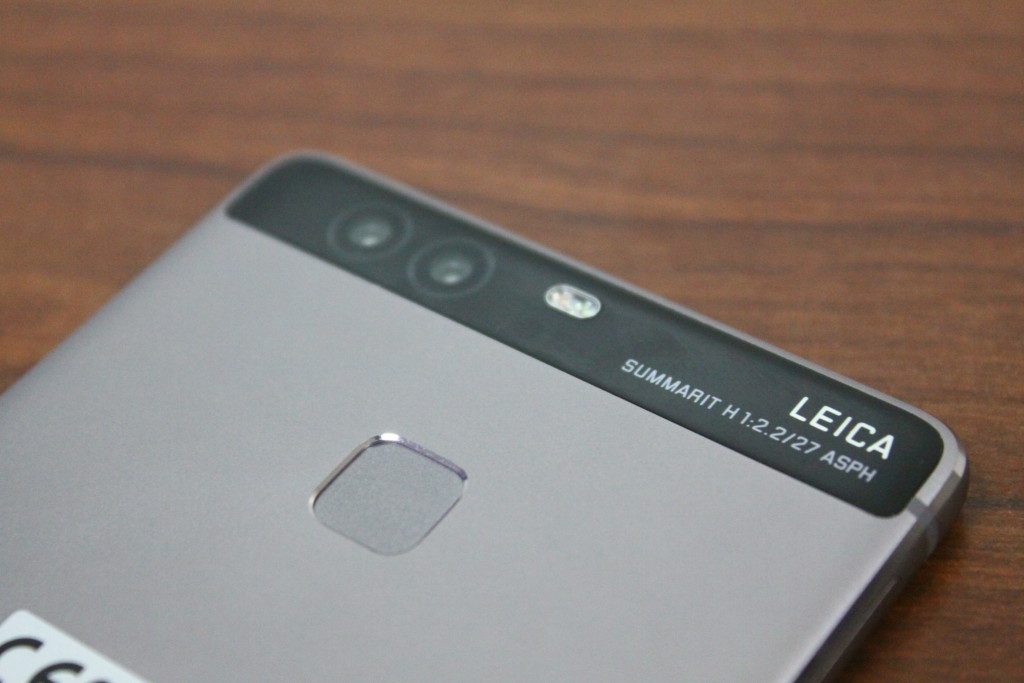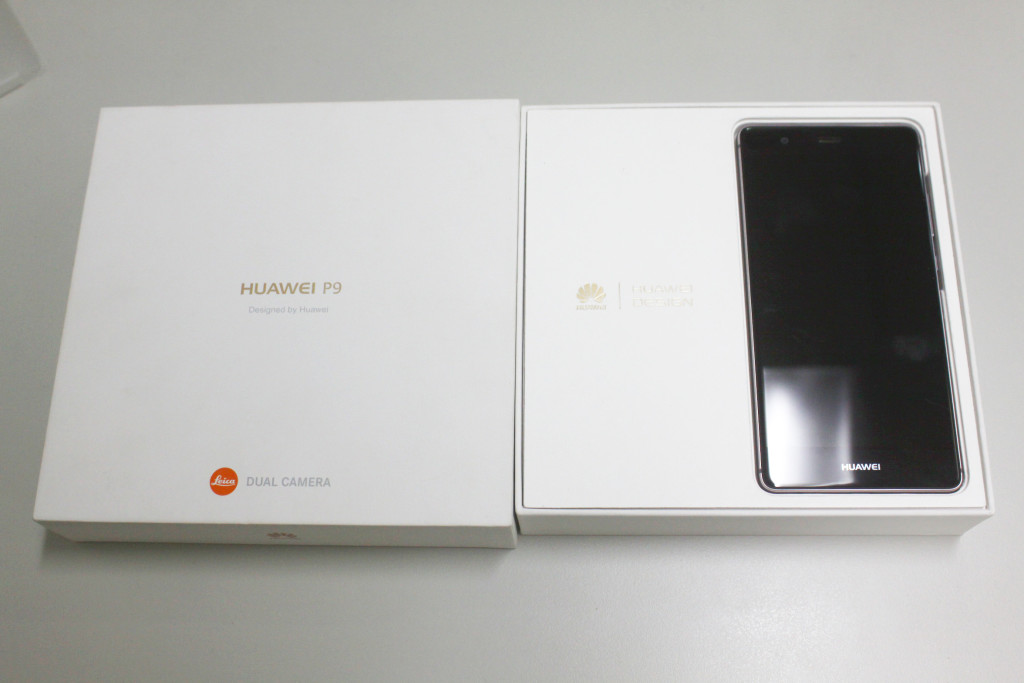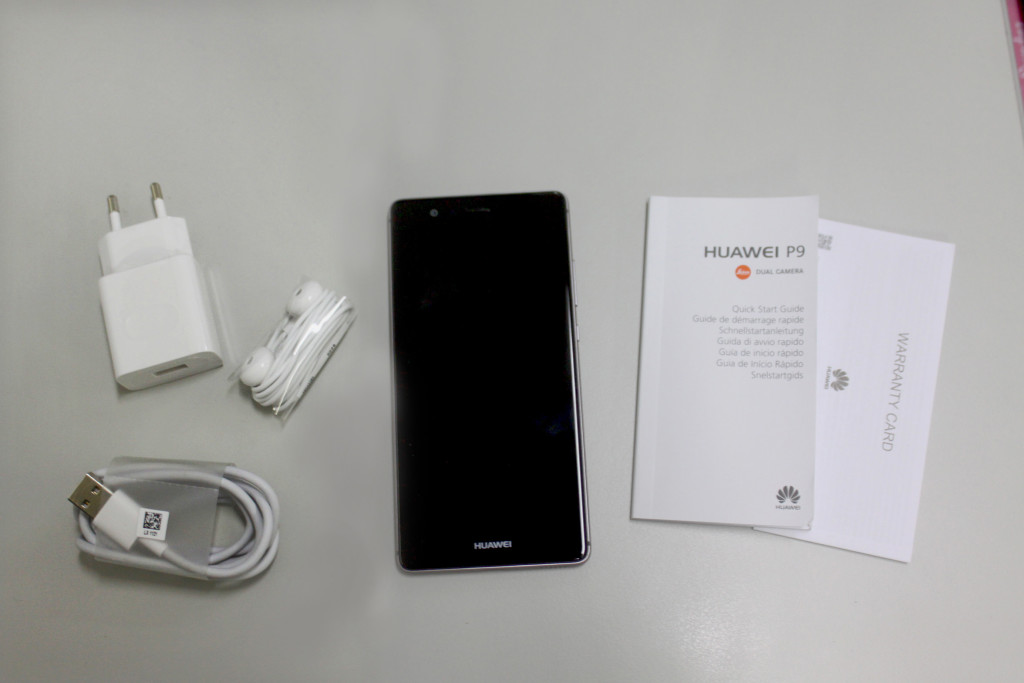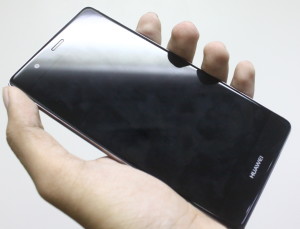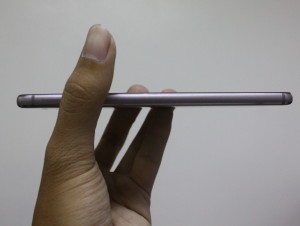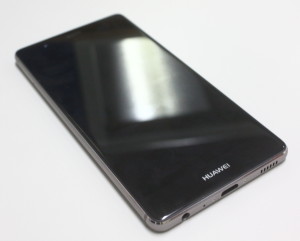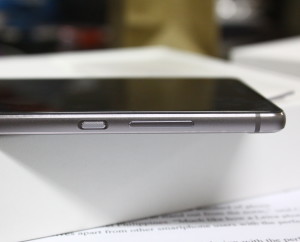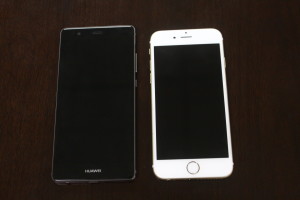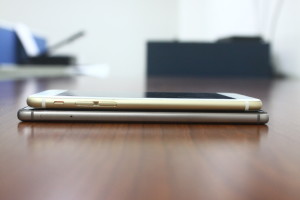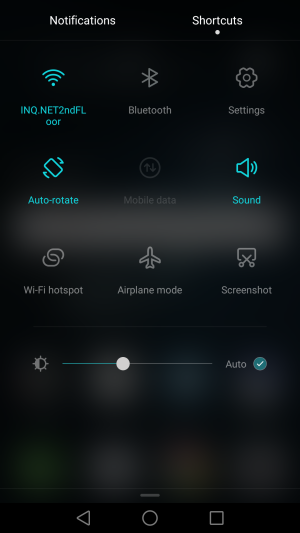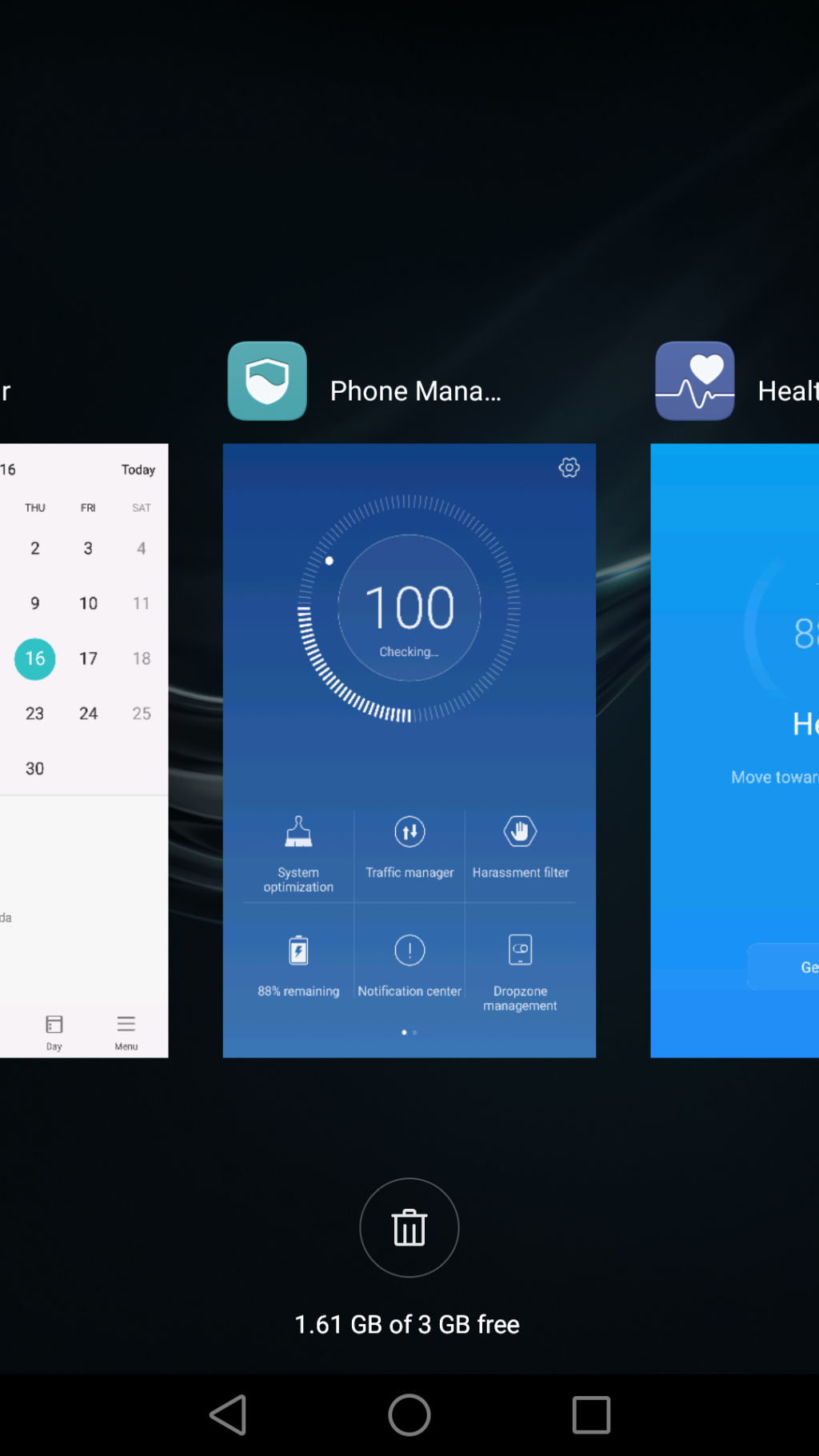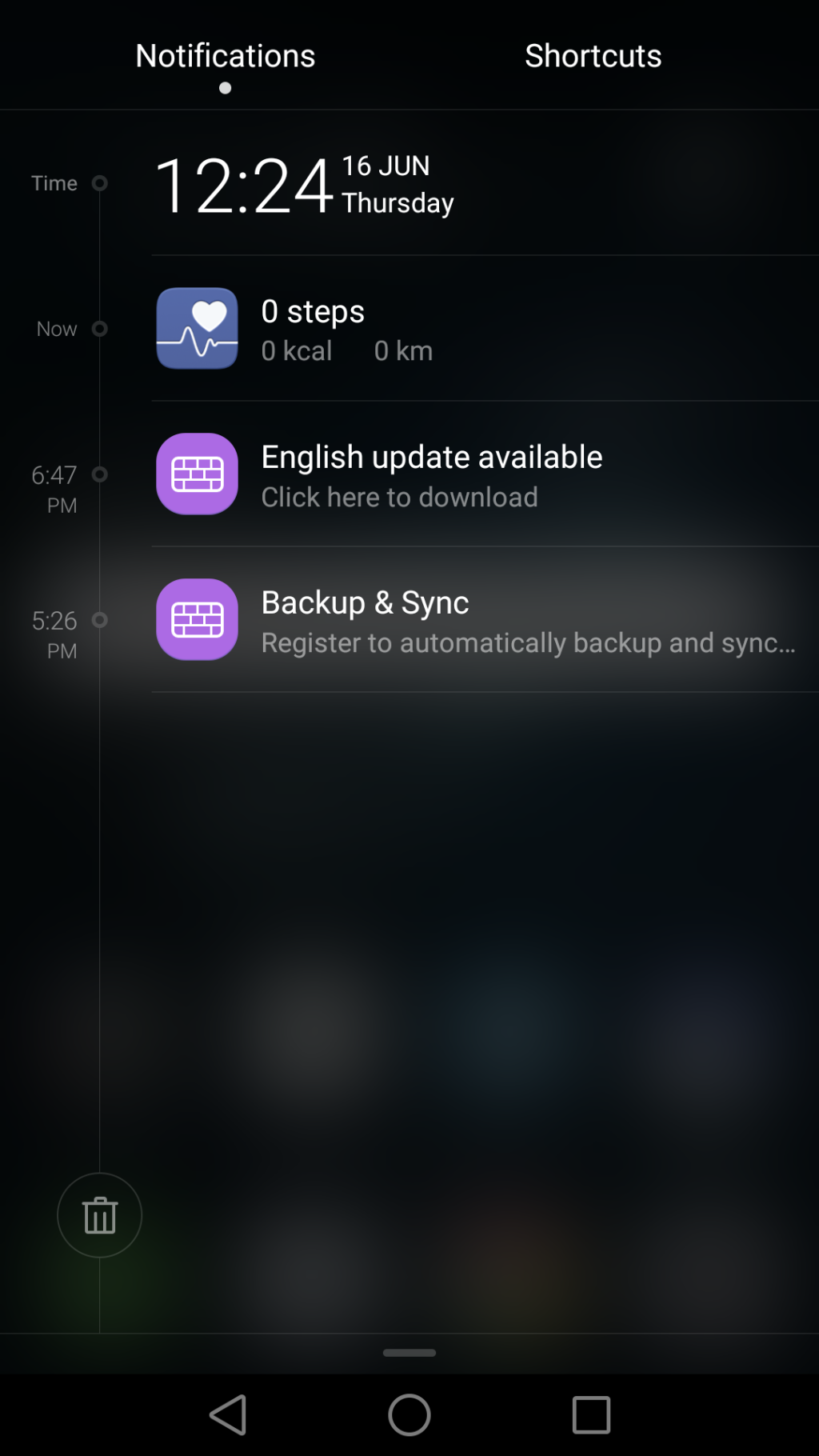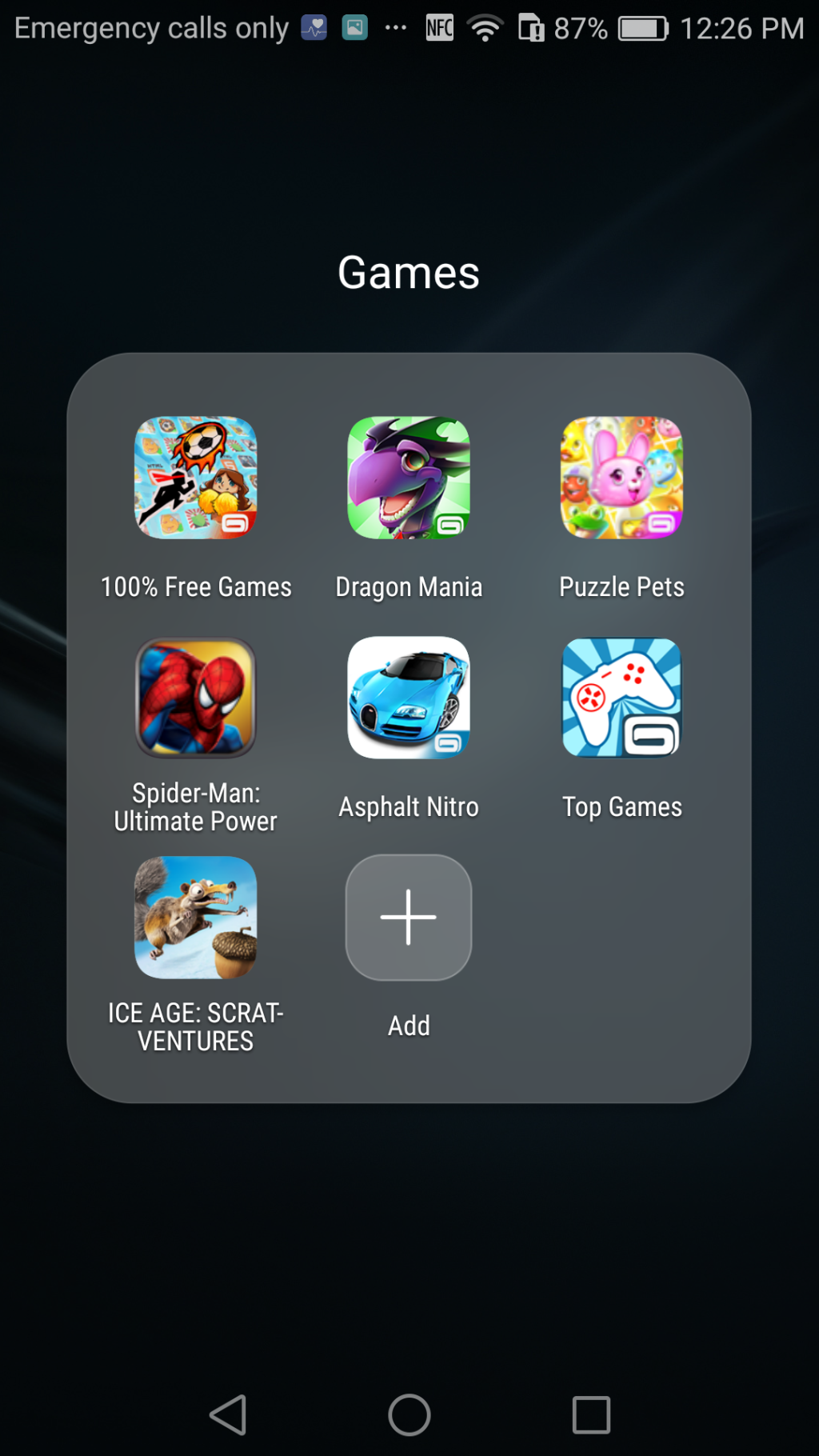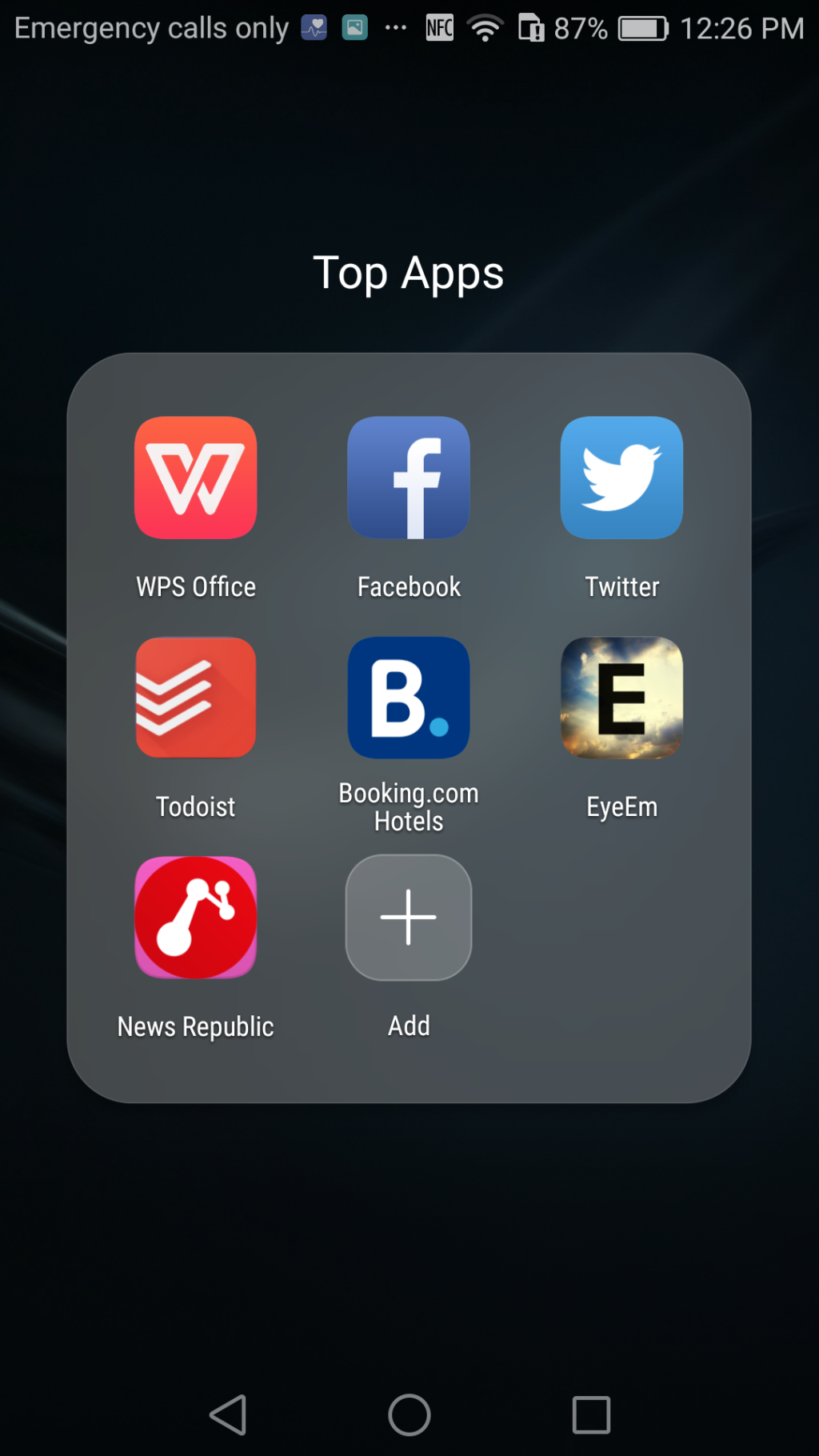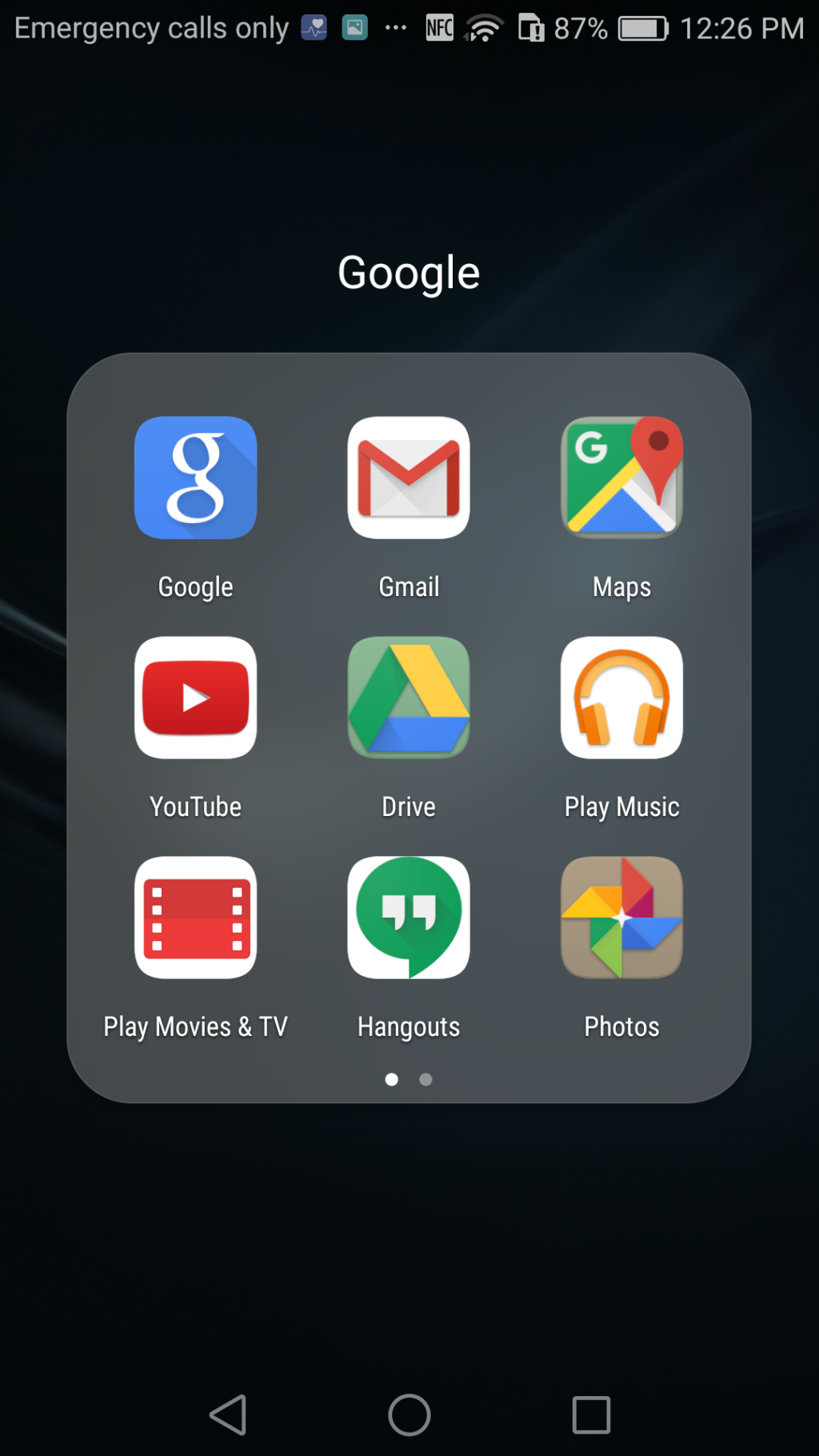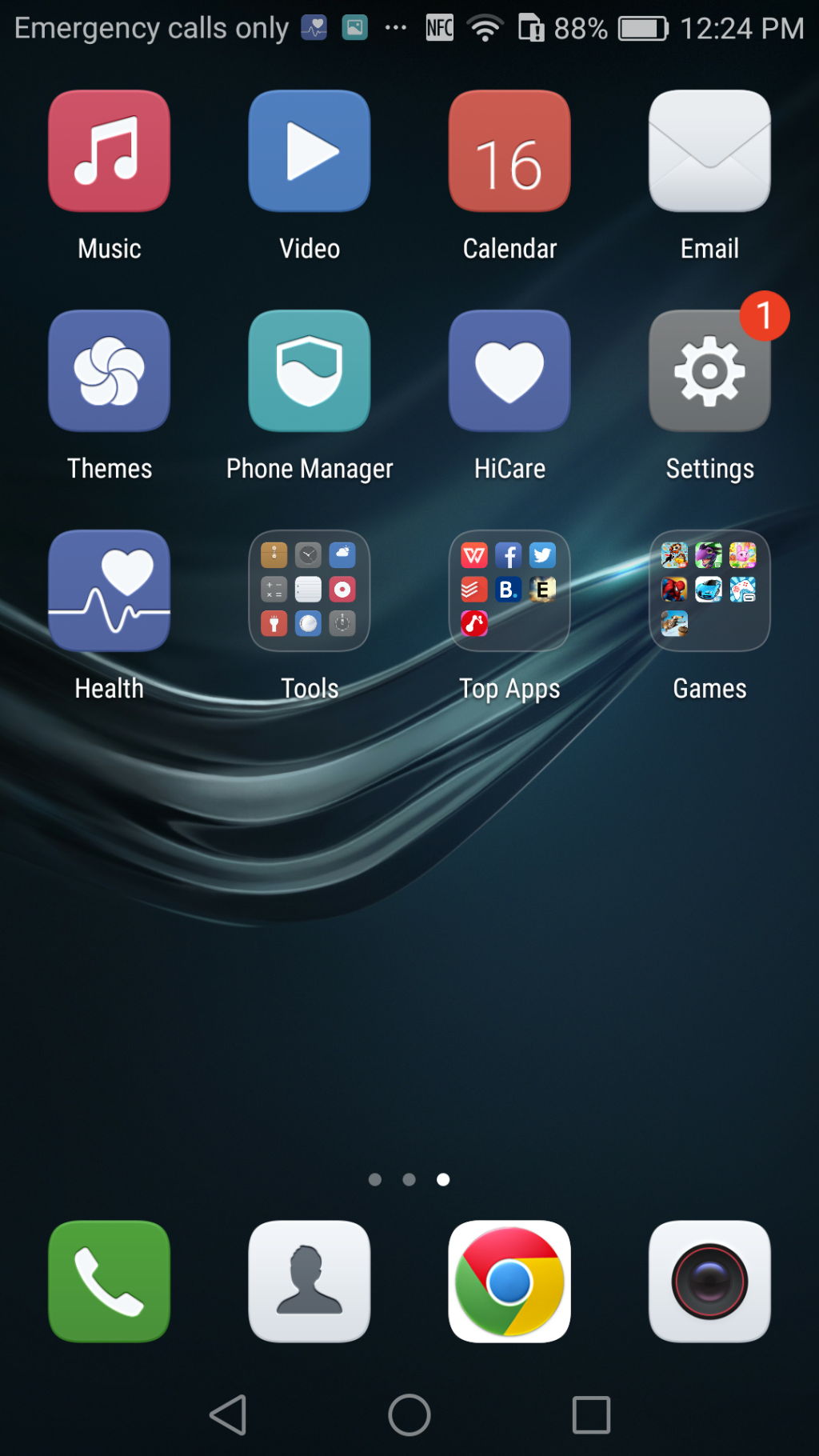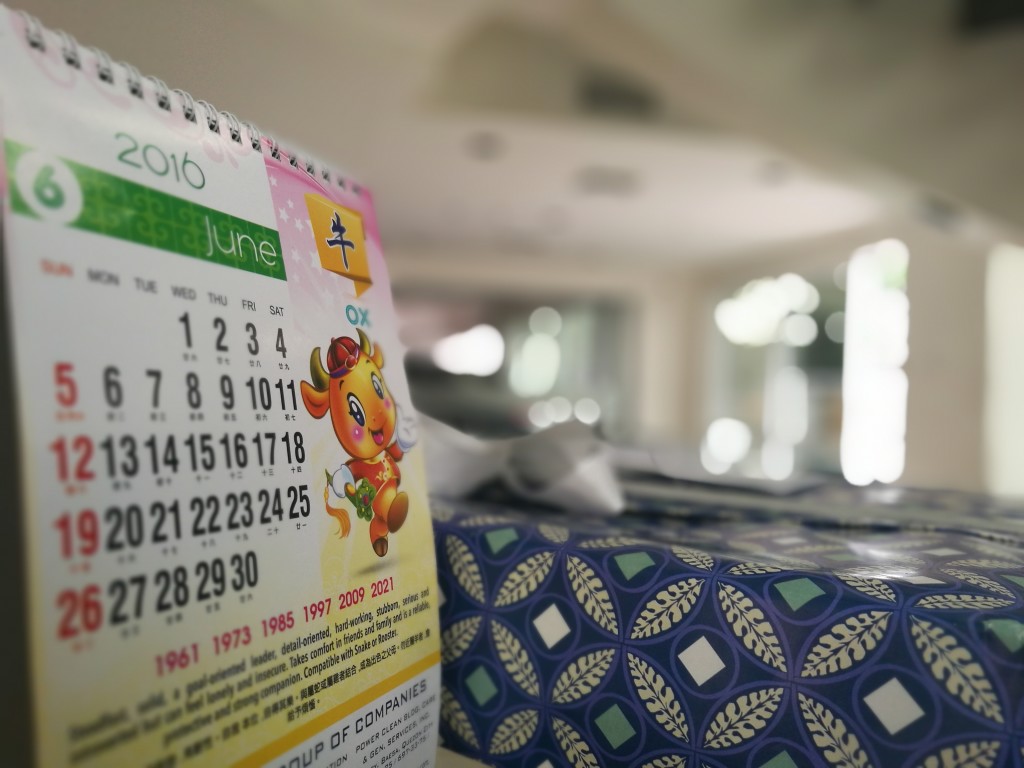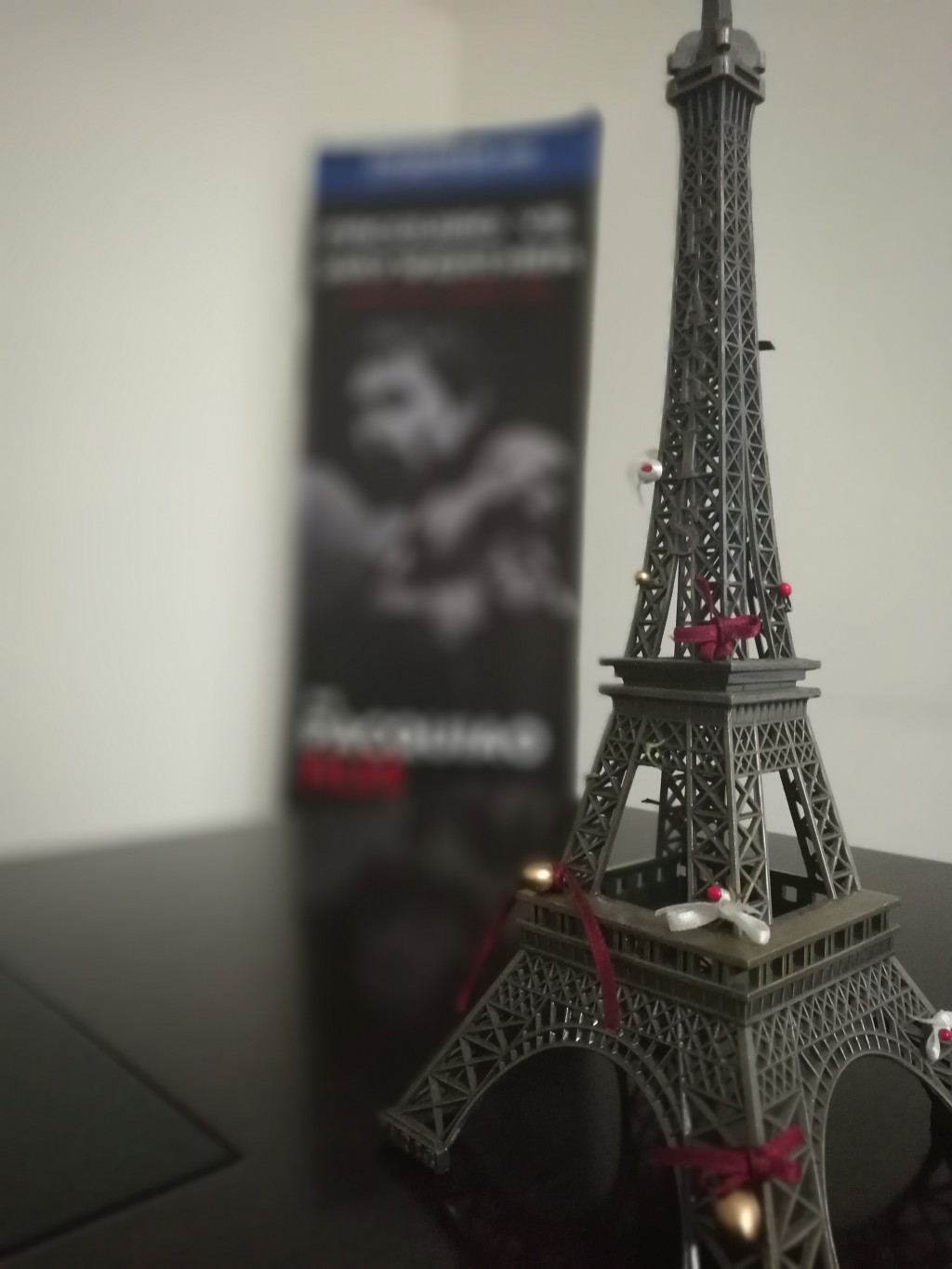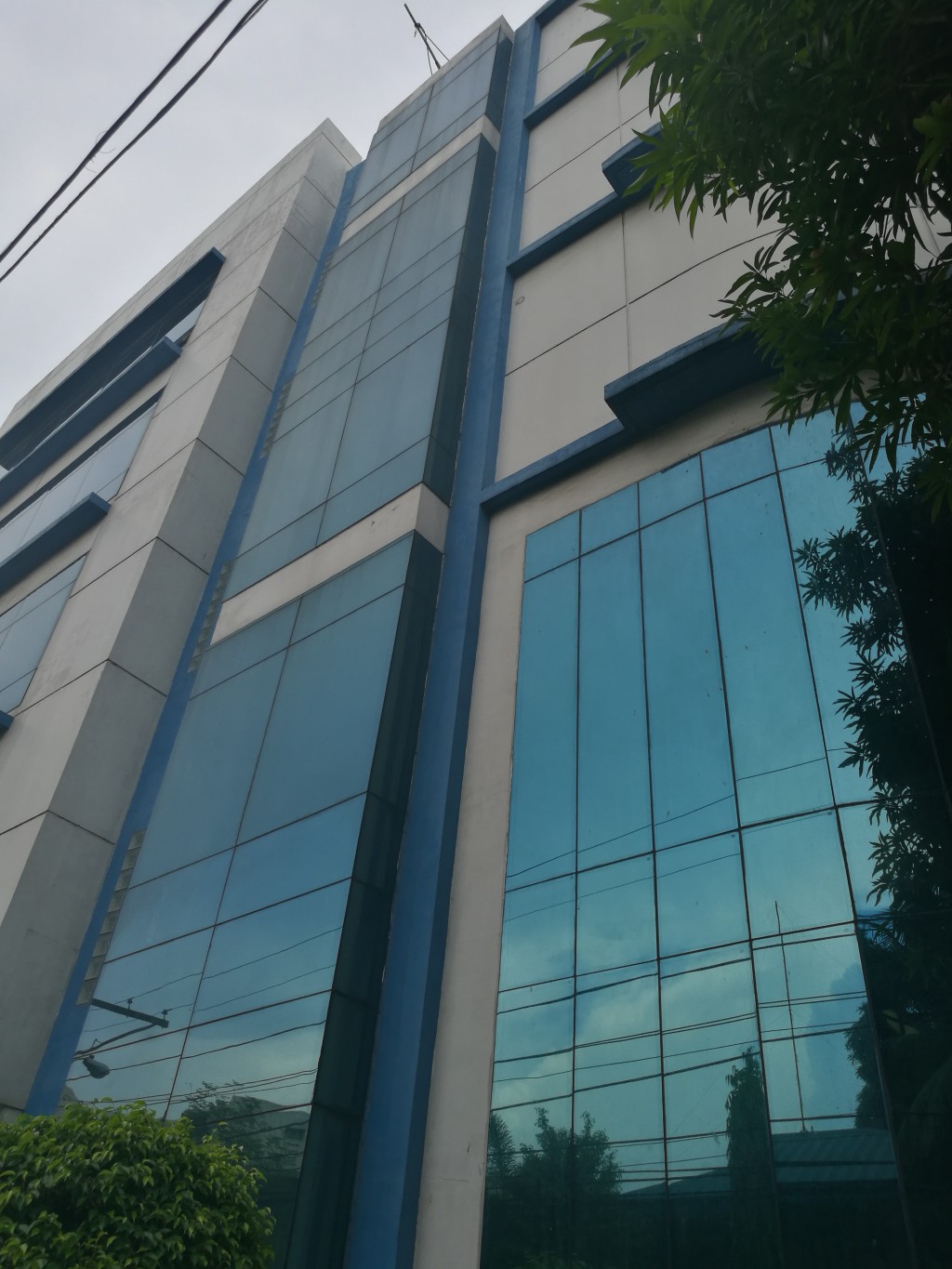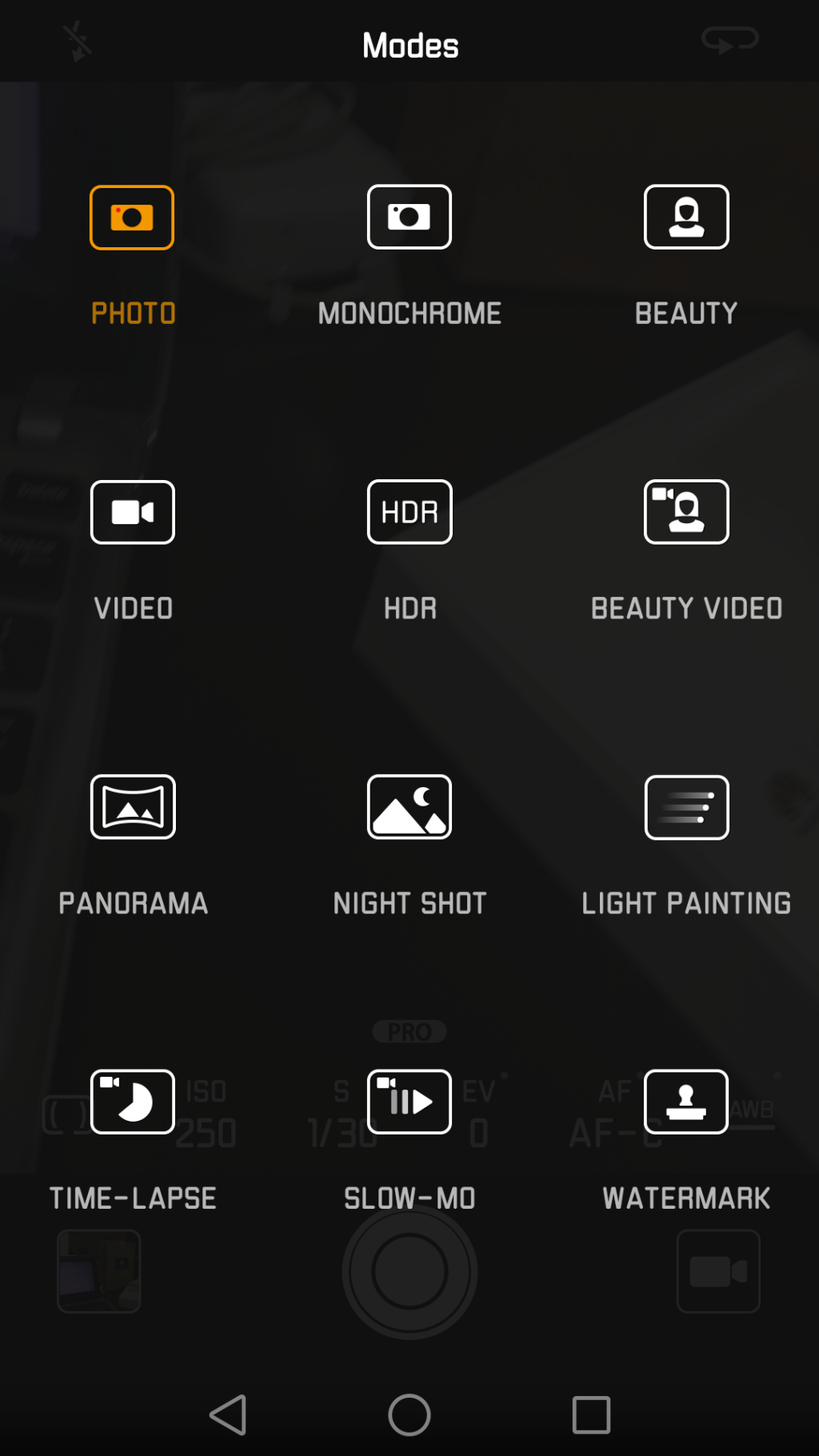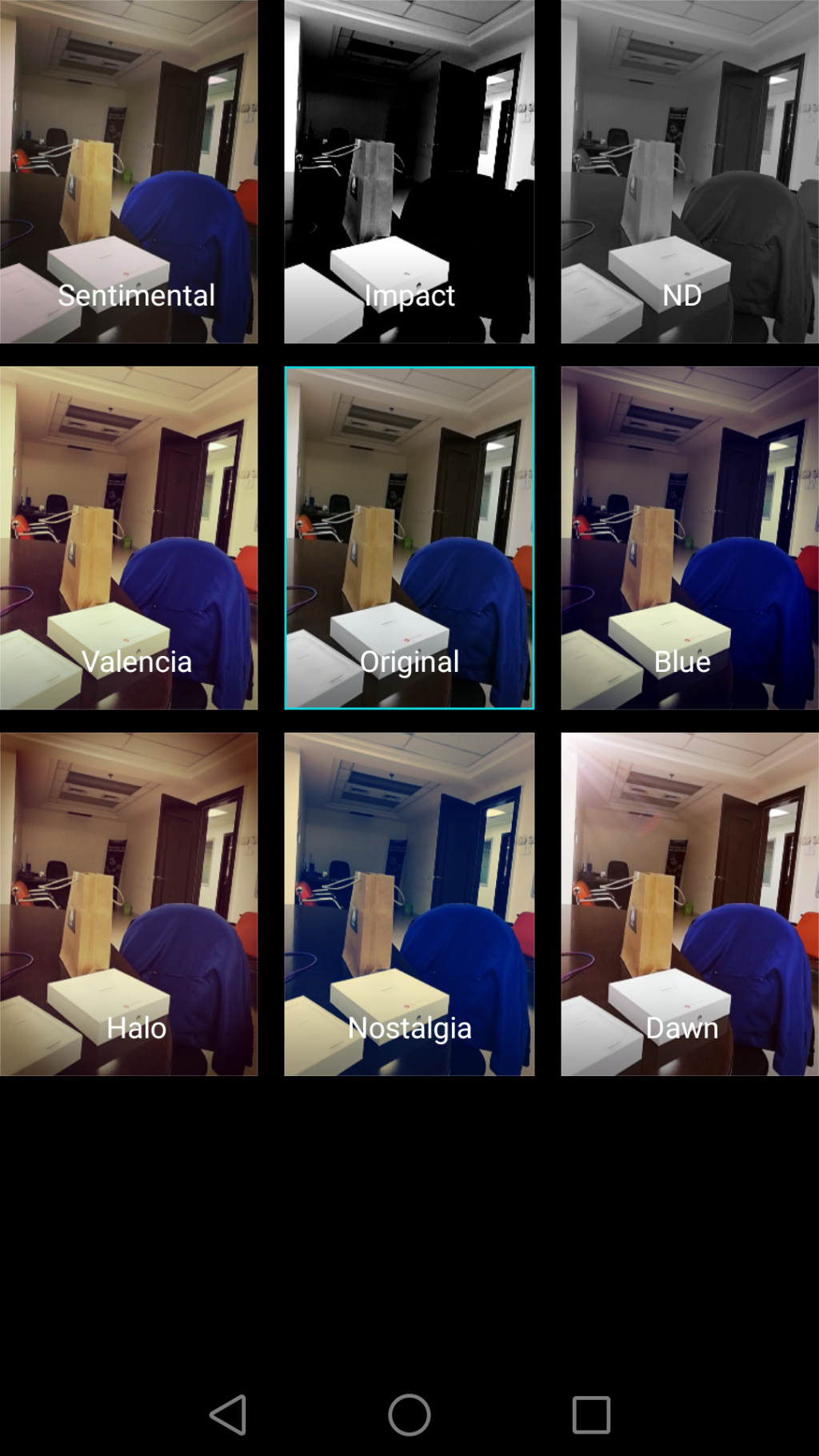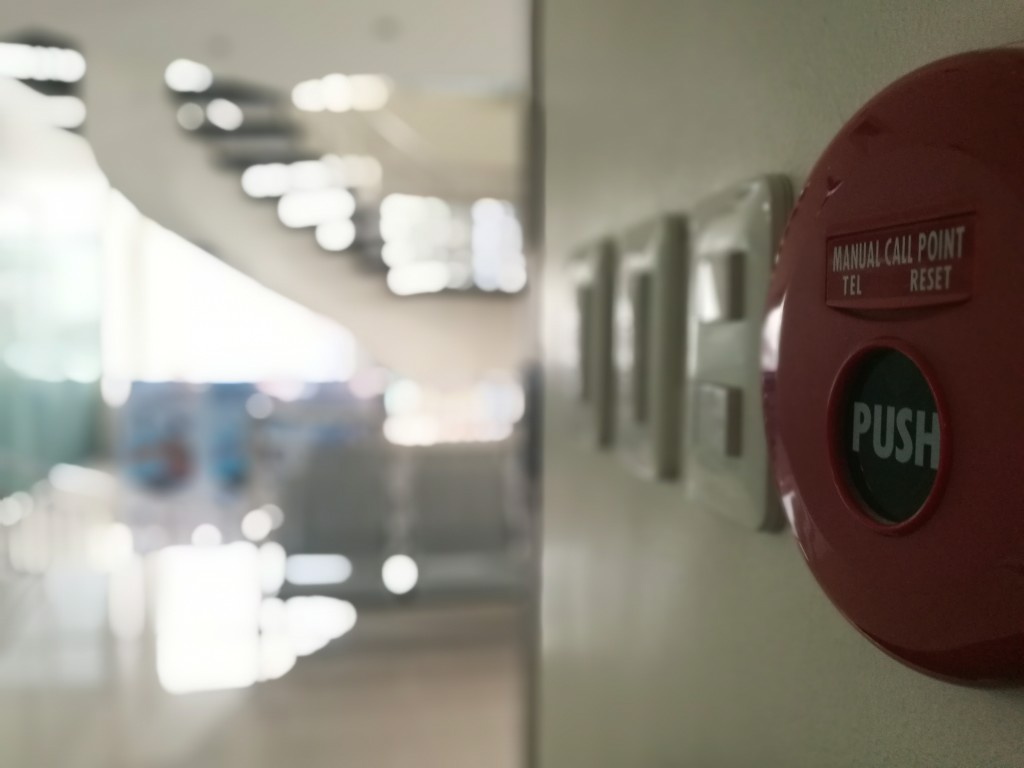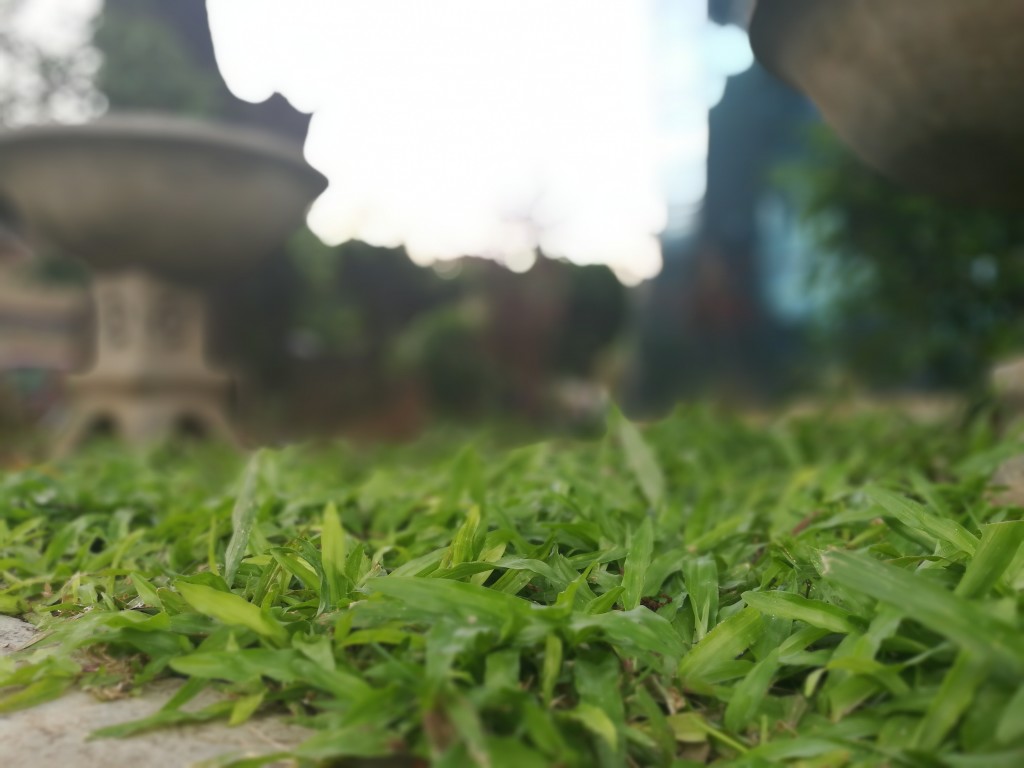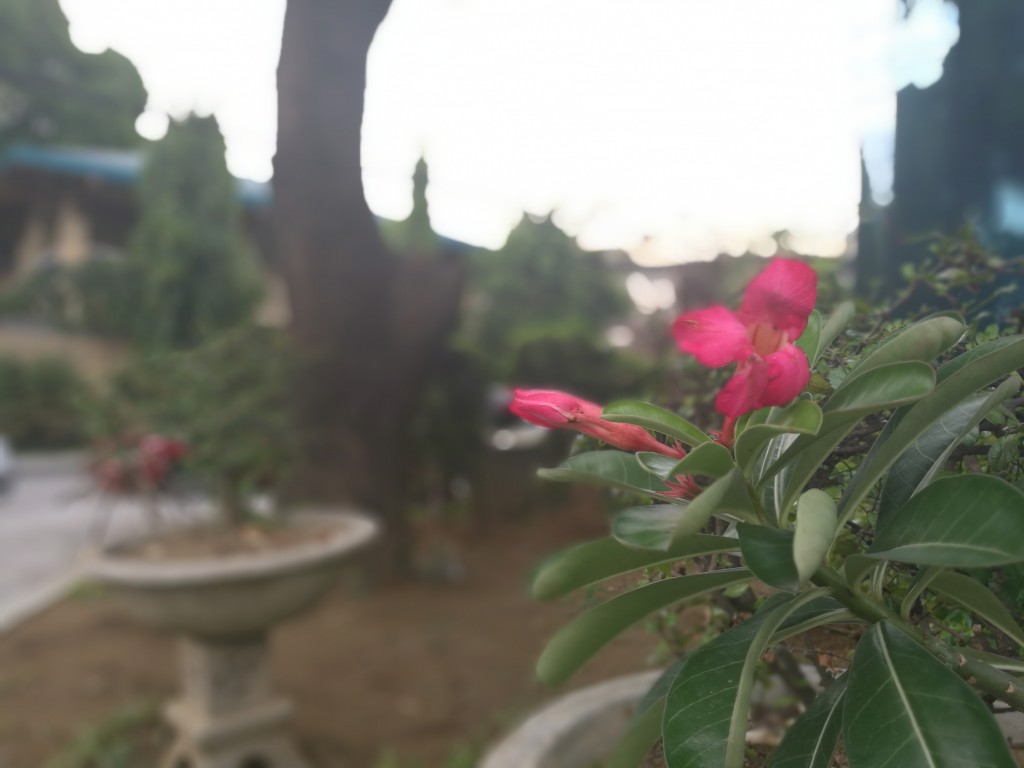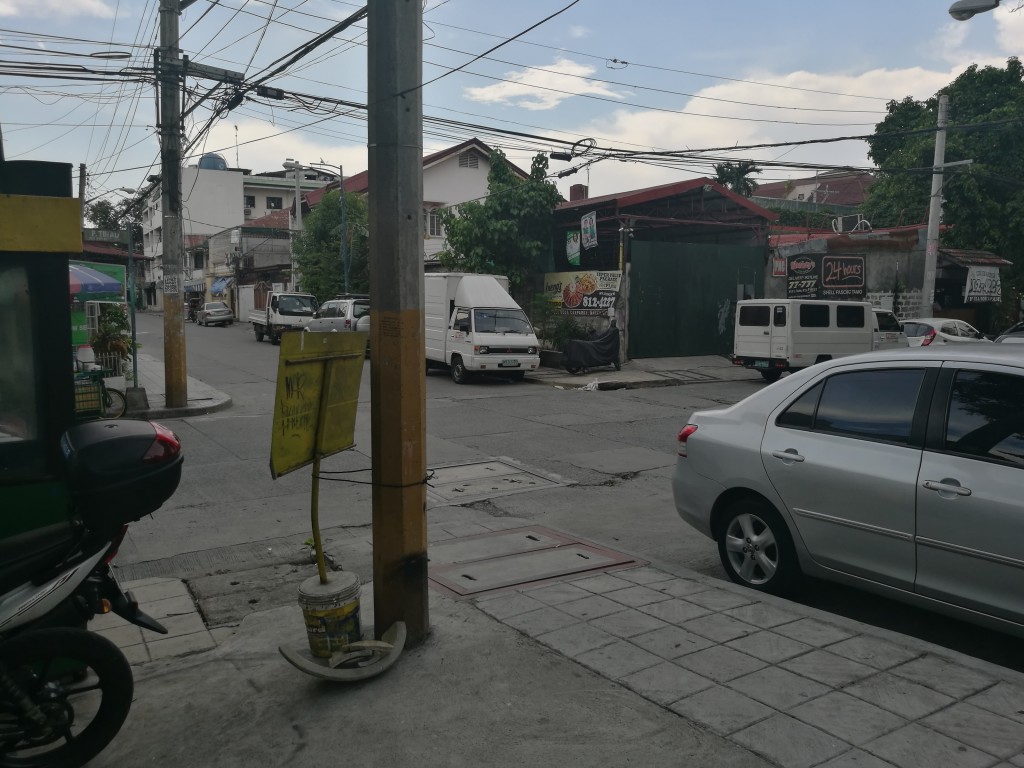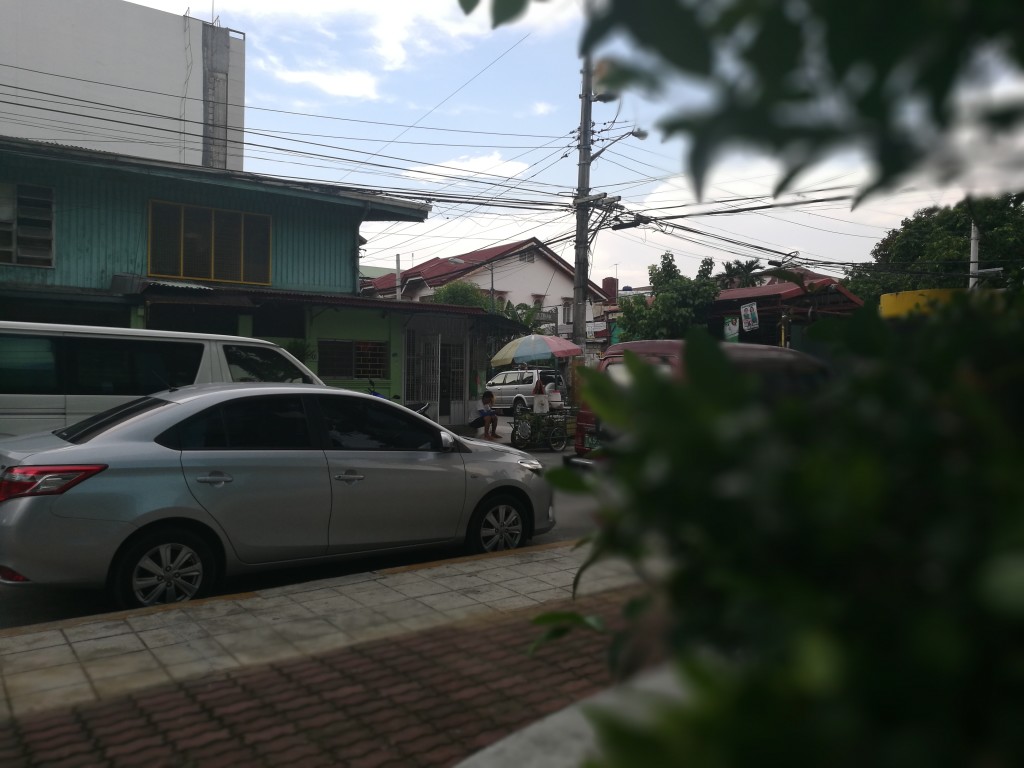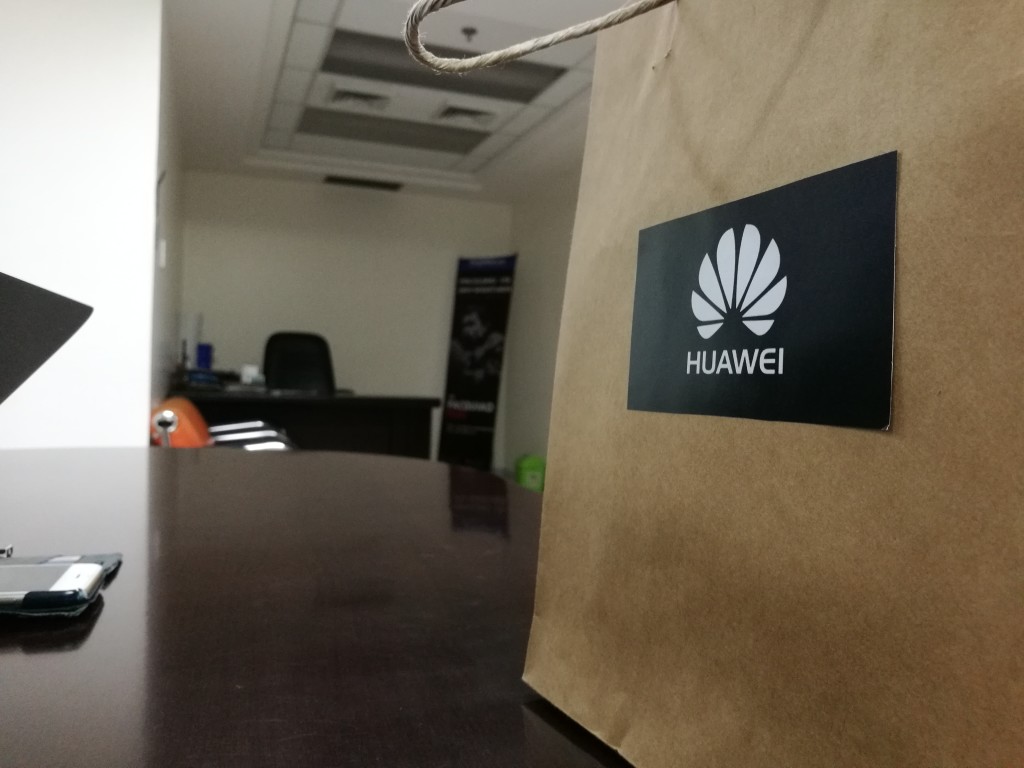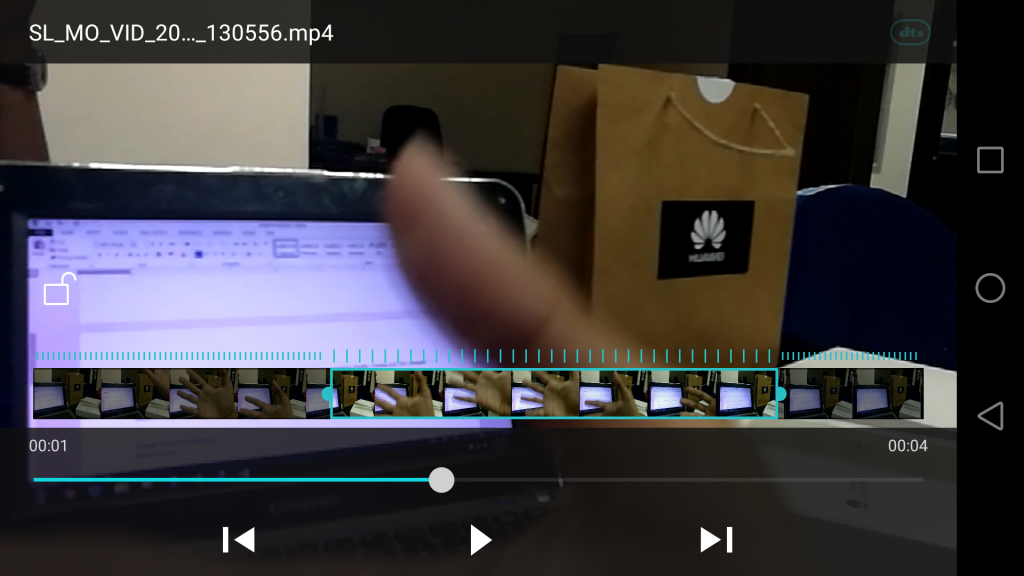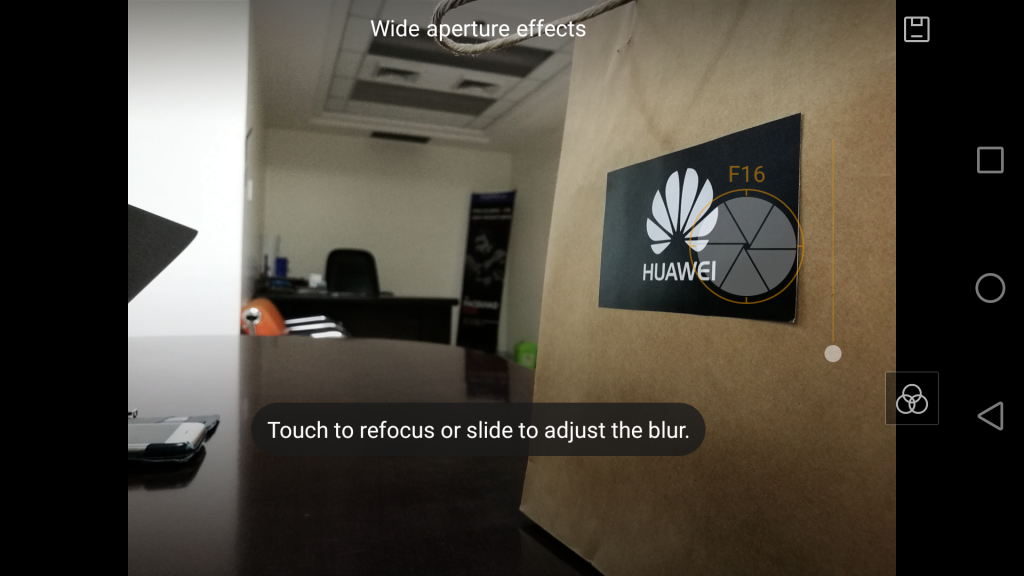REVIEW: Huawei P9 with Leica dual-lens camera running on Android 6 Marshmallow OS
The much awaited product of the partnership between phone manufacturer Huawei and camera maker Leica has hit Philippine shores. Starting June 15, the Huawei P9 will be available in Huawei stores and partner-retailers nationwide. Boasting a dual-lens camera which is said to significantly improve image quality, the Huawei P9 is expected to set the bar higher for smartphone photography.
“If you think your smartphone has the best camera, think again,” Jose Vega, Director for Consumer Business Group (CBG) of Huawei Philippines, said.
READ: Huawei 2015 profit jumps 32 percent on smartphone demand
“Much like how a Leica photograph stands out from others, P9 users set themselves apart from other smartphone users with the perfect tool for creativity and self-expression,” Vega added.
Huawei is not the first one to employ a dual-lens camera in their smartphones. One of LG G5’s key feature is its two camera lenses with different focal lengths. Huawei, however, ups the ante by using a color and monochrome camera simultaneously to produce a superior image with deeper blacks, vivid colors, and depth of field.
Last June 11, consumers lined-up at the Huawei concept store in SM Mall of Asia to avail Huawei’s trade-in promo: trade your old camera for a 20% discount for the P9 and P9 Plus.
Backed with Leica’s legendary reputation, it seems Huawei is confident enough that the P9 can match or even replace a dedicated digital camera. But how well does it deliver?
READ: Smartphone use in PH seen rising to 70% by ’18
Introduction – Key Features
The P9 and P9 Plus is set to retail at P23,990 and P29,990 respectively with the latter having a larger screen, more RAM, better speakers, and slightly larger battery. Both models sport dual Leica lens with flash.
Specifications: OS: Android 6.0 Marshmallow with Emotion UI Processor: Hisilicon Kirin 955 RAM: 3 GB (4 GB for P9 Plus) Storage: 32 GB Internal Storage, MicroSD (up to 256 GB) Screen: 5.2 inches (5.5 inches for P9 Plus) Camera: Dual 12-MP Leica Lens with dual-LED flash; with 8-MP front camera SIM Card Slot: Nano SIM card WiFi, Bluetooth, GPS, LTE-capable Battery Capacity: 3,000 mAh (3,500 mAh for P9 Plus)
Unboxing
The minimalist Huawei P9 retail package contains only the essentials: earphones, USB cable, and charger.
The phone itself gives a sensation of elegance with its unibody metal finish and glossy screen. The 5.2-inch screen has thin side bezels but prone to fingerprint smudges. On the right side is the volume rocker and textured power button while the left side is bare except for the nano SIM card and microSD tray.
At the bottom is the 3.5mm earphone jack, a USB-C port for charging and data, and the speaker. The top side is clean, save for the noise-cancelling microphone pinhole.
On the back is the Leica dual camera and flash as well as the fingerprint scanner. There is no option to remove or replace the battery.
The P9’s thin profile can rival even the iPhone 6. Despite its width and metal finish, the phone is acceptably lightweight and nice to hold.
User Interface
The Huawei P9 is powered by Android 6.0 Marshmallow with Huawei’s Emotion UI 4.1. The interface is smooth and has some resemblance to iOS UI.
The apps are accessible by swiping left or right on the home screen. It comes preinstalled with Google apps, office and health apps, and even games.
At the bottom of the screen is the on-screen navigation bar which was first introduced in Android 5.0 Lollipop. The triangle button acts as the back button, pressing the circle button will return to the home screen, while the square button shows all open apps, memory usage, and a one-click icon to close all apps.
Swiping on any direction on the lock screen will unlock the phone. Swiping from the bottom left and center will open a quick access panel containing controls for the music players and utilities such as flashlight, sound recorder, and calculator. Swiping from the bottom right corner will open the camera.
Camera
The built-in camera app is straightforward to use. Advanced camera controls can be accessed by swiping right on the edge of the viewfinder. This panel allows you to control the metering mode, ISO, shutter speed, exposure, white balance, and even the ability to switch between autofocus and manual focus.
Swiping left shows camera settings for GPS tagging, grids, and timers while swiping right pulls up a panel for camera modes such as HDR, monochrome, time-lapse, and light painting.
The volume rocker can be assigned to function as the shutter button, zoom, or focus slider. By default, it is set as a shutter button which makes it very natural to use as a camera in landscape orientation.
Pressing the lens icon on the left will switch the camera to aperture priority mode which allows you to set the f-stop manually from F 0.95 to F16; perfect for getting that perfect depth of field. Interestingly, you can change the amount of blur after taking the photo by clicking the lens icon and adjusting the slider.
It is also worth noting that the two cameras are working seamlessly in the background to provide deeper depth of field without any user control.
The 8-megapixel front camera can shoot acceptable selfies even in low light. It can also shoot 1080p videos.
The Huawei P9 can also shoot videos in 1080p 60fps and also has a slow motion mode. Check out the sample video below.
You can edit the photos using the preinstalled Google Photos app but there is no video editing app built-in.
Other apps pre-installed in the P9 are sound recorder, flashlight, WPS Office suite, compass, and a health app including a pedometer.
The built-in monaural speaker delivers good sound quality and bass with minimal distortion at full volume.
READ: Samsung, LG improve smartphone cameras, turn to virtual reality
Conclusion
The P9’s wide array of camera controls gives the user a lot of room for expression. Photo connoisseurs will love the manual control and the Leica optics’ excellent quality. Whether in low-light or outdoors, the camera performs very well for a smartphone.
The P9 will also satisfy smartphone users who are willing to pay the price for the best of the best in mobile phone photography. The design of the phone is no slouch either. The phone blends in well with premium flagships from other manufacturers with its metal body and clear LCD screen.
If photography is not your thing, Huawei also released the P9Lite model in the Philippines for half the price (P12,490) of the P9. You can get the similar high performance experience of the P9 minus the Leica dual-lens camera.
Overall, the P9 is a sufficient replacement for point-and-shoot cameras and can even outperform other flagship phones in terms of camera performance. The Huawei P9 ensures you’ll capture that perfect moment, every time.
RELATED STORIES:
Huawei introduces new style of business with Mate 8
